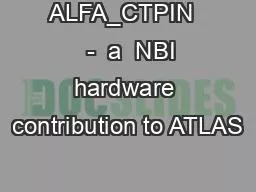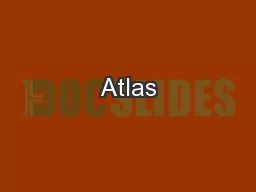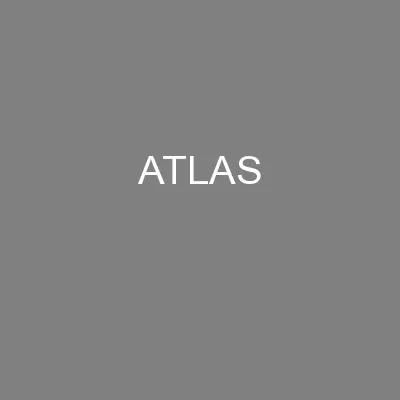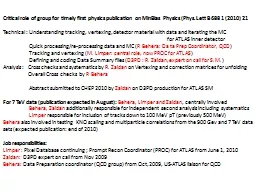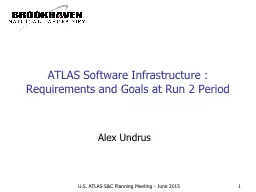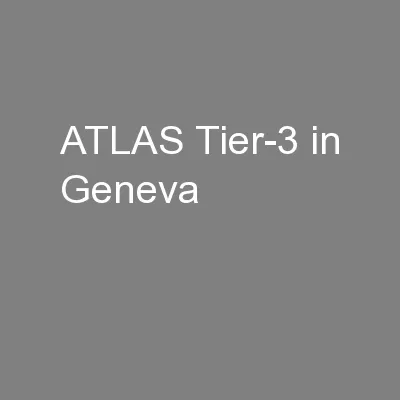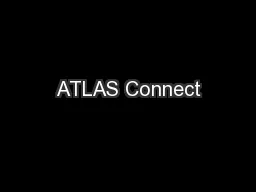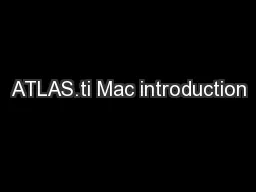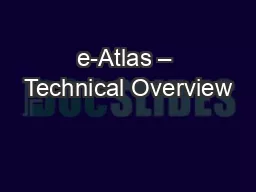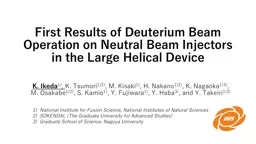PPT-ALFA_CTPIN - a NBI hardware contribution to ATLAS
Author : camstarmy | Published Date : 2020-10-22
Sune Jakobsen on behalf of ATLASALFA Seminar at NBI 22062015 Trigger sources of latency in ALFA 2012 trigger system Total 2157 ns lt 2175 ns Time of Flight 800
Presentation Embed Code
Download Presentation
Download Presentation The PPT/PDF document "ALFA_CTPIN - a NBI hardware contrib..." is the property of its rightful owner. Permission is granted to download and print the materials on this website for personal, non-commercial use only, and to display it on your personal computer provided you do not modify the materials and that you retain all copyright notices contained in the materials. By downloading content from our website, you accept the terms of this agreement.
ALFA_CTPIN - a NBI hardware contribution to ATLAS: Transcript
Download Rules Of Document
"ALFA_CTPIN - a NBI hardware contribution to ATLAS"The content belongs to its owner. You may download and print it for personal use, without modification, and keep all copyright notices. By downloading, you agree to these terms.
Related Documents

